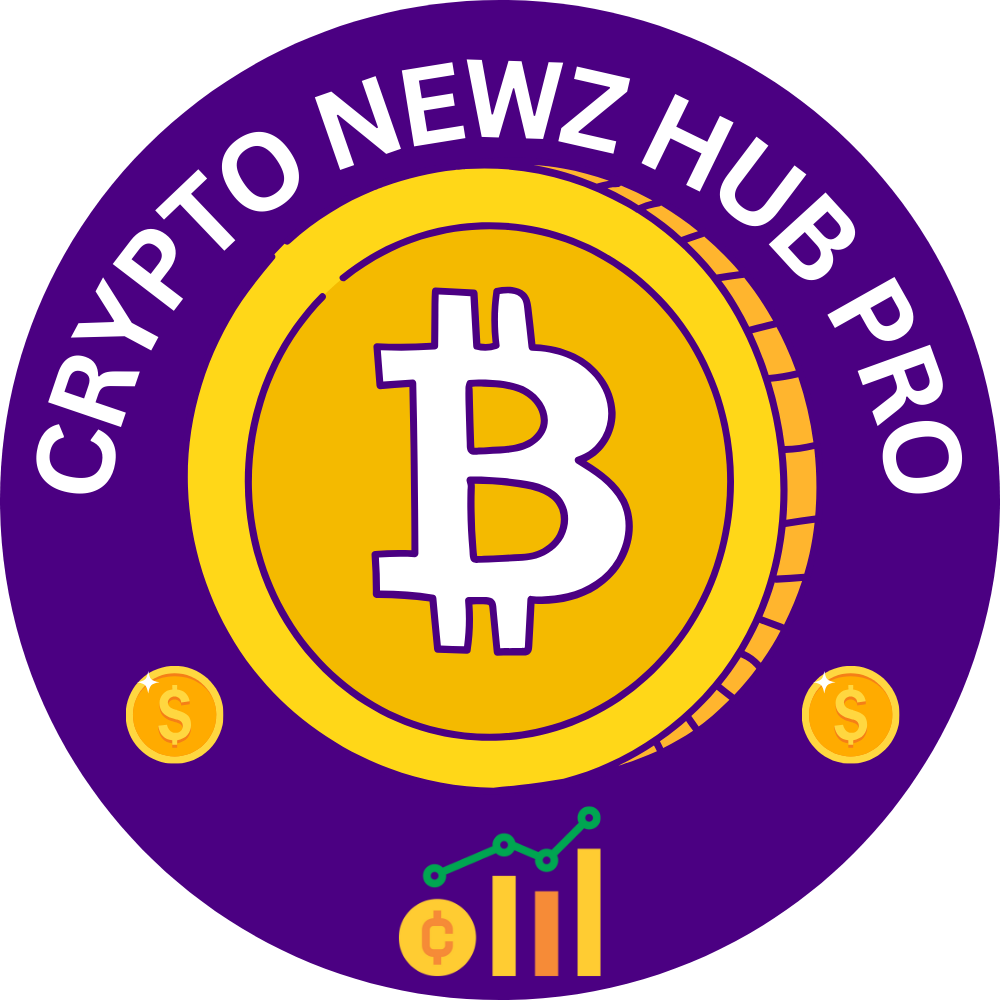The Top Benefits of Using RFP Automation Tools for Your Business

In today’s competitive business environment, efficiency and precision in procurement processes are not just advantageous—they’re essential. The adoption of Request for Proposal (RFP) automation tools can transform the way companies engage with suppliers, making the tendering process quicker, more accurate, and remarkably less cumbersome. From cost reduction to enhanced productivity, the benefits of automation in this critical business function are extensive and impact the bottom line significantly. Below, we delve into the myriad advantages of integrating RFP automation into your business operations.
Understanding RFP Automation and Its Role in Streamlining Procurement
Traditional RFP processes often involve tedious manual effort, consuming considerable time and resources. RFP automation simplifies and speed up these processes by providing a centralized platform for creating, distributing, and managing proposals. They are designed to handle a range of activities, from soliciting bids to evaluating submissions, all within a cohesive digital environment.
These tools assist in standardizing proposal requests, ensuring that all vendors receive the same information and guidelines. Consequently, the comparison of proposals becomes straightforward, helping procurement teams make informed decisions quickly. RFP automation tools enable businesses to move beyond spreadsheets and emails, reducing the likelihood of errors associated with manual entry and communication.
Enhancing Efficiency and Accuracy in Proposal Evaluations With RFP Software

Business professionals in a corporate office learning about RFP automation tools
One of the most significant benefits of RFP software lies in its efficiency. The evaluation of proposals can be a bottleneck in procurement, but automation expedites this phase by eliminating manual sorting and data entry. This increased speed does not compromise quality; rather, it ensures that each proposal is inspected with unwavering attention to detail.
Accuracy in assessments is bolstered by the software’s capability to maintain a uniform set of evaluation criteria across all proposals. Assessors can score responses on a consistent scale, reducing subjectivity and enhancing the reliability of the selection process. This uniformity not only streamlines assessments but also makes the whole procedure transparent to stakeholders.
Data accuracy is further maintained by the software’s built-in checks and validations. These features catch common errors before they propagate through the decision-making process, maintaining the integrity of the data upon which critical decisions are based. This level of accuracy is crucial for avoiding costly mistakes and ensuring that the best vendor is chosen for the job.
Streamlining Collaboration and Communication During the RFP Process
Collaboration is key in any collective business operation, and the RFP process is no exception. RFP automation encourages teamwork by allowing multiple stakeholders to contribute to and edit RFP documents in real time. This collaborative environment eradicates the need for back-and-forth emails and version control issues that plague conventional methods.
Additionally, communication with potential vendors is streamlined by centralizing exchanges within the RFP platform. Questions can be addressed directly and clarifications issued uniformly, ensuring all vendors have equal access to information. This level of transparency is conducive to healthy vendor relationships and a robust procurement ecosystem.
Internal communication also sees a lift with RFP automation. Team members can assign tasks, set deadlines, and track progress all within the software. These project management features foster accountability and enhance the efficiency of the RFP team, ensuring milestones are met, and deadlines are upheld.
Leveraging Analytics and Reporting Features for Data-Driven Decision Making

Analytics are instrumental in extracting actionable insight from procurement activities, and RFP automation solutions excel in this arena. These tools collate vast amounts of data arising from RFP interactions and turn them into comprehensive reports. These reports offer a clear vision of the procurement process’s successes and areas needing improvement.
Metrics such as vendor response rates, bid quality scores, and time-to-decision are just a snippet of what modern RFP tools can track. This data becomes the linchpin for strategic decisions, driving businesses to adopt practices that yield the best outcomes. Having solid analytics in place paves the way for continuous refinement of procurement strategies.
Reporting capabilities of RFP software simplify the process of sharing insights with key players in the business. Customized dashboards provide at-a-glance views of critical metrics that decision-makers need to drive procurement success. Real-time data ensures that business strategies are responsive to the latest information, not historical trends.
Overall, the integration of RFP automation within procurement processes brings about a transformation in how businesses approach vendor selection and relationship management. The benefits are clear: enhanced efficiency, improved accuracy, collaborative ease, data-driven insights, and a fortified approach to compliance and risk. These tools not only improve the procurement plan but also position companies for greater success in their broader business operations.
